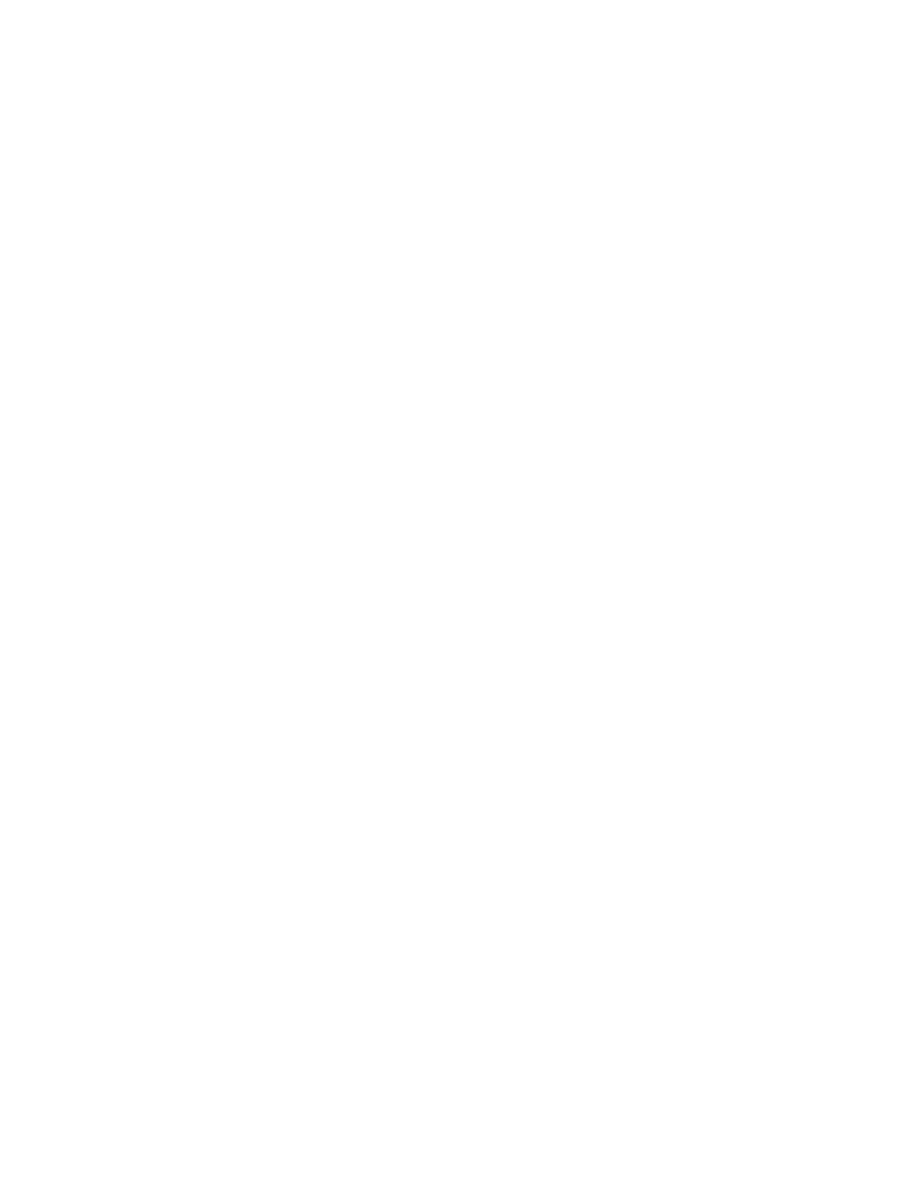
112
14 CFR Ch. I (1–1–19 Edition)
§ 121.311
(
2
) That the seat was manufactured
under the standards of the United Na-
tions;
(
3
) That the seat or child restraint
device furnished by the certificate
holder was approved by the FAA
through Type Certificate or Supple-
mental Type Certificate; or
(
4
) That the seat or child restraint
device furnished by the certificate
holder, or one of the persons described
in paragraph (b)(2)(i) of this section,
was approved by the FAA in accord-
ance with § 21.8(d) of this chapter or
Technical Standard Order C–100b, or a
later version. The child restraint de-
vice manufactured by AmSafe, Inc.
(CARES, Part No. 4082) and approved
by the FAA in accordance with
§ 21.305(d) (2010 ed.) of this chapter may
continue to bear a label or markings
showing FAA approval in accordance
with § 21.305(d) (2010 ed.) of this chapter.
(D) Except as provided in
§ 121.311(b)(2)(ii)(C)(
3
) and
§ 121.311(b)(2)(ii)(C)(
4
), booster-type
child restraint systems (as defined in
Federal Motor Vehicle Safety Standard
No. 213 (49 CFR 571.213)), vest- and har-
ness-type child restraint systems, and
lap held child restraints are not ap-
proved for use in aircraft; and
(iii) The certificate holder complies
with the following requirements:
(A) The restraint system must be
properly secured to an approved for-
ward-facing seat or berth;
(B) The child must be properly se-
cured in the restraint system and must
not exceed the specified weight limit
for the restraint system; and
(C) The restraint system must bear
the appropriate label(s).
(c) Except as provided in paragraph
(c)(3) of this section, the following pro-
hibitions apply to certificate holders:
(1) Except as provided in
§ 121.311(b)(2)(ii)(C)(
3
) and
§ 121.311(b)(2)(ii)(C)(
4
), no certificate
holder may permit a child, in an air-
craft, to occupy a booster-type child
restraint system, a vest-type child re-
straint system, a harness-type child re-
straint system, or a lap held child re-
straint system during take off, landing,
and movement on the surface.
(2) Except as required in paragraph
(c)(1) of this section, no certificate
holder may prohibit a child, if re-
quested by the child’s parent, guardian,
or designated attendant, from occu-
pying a child restraint system fur-
nished by the child’s parent, guardian,
or designated attendant provided—
(i) The child holds a ticket for an ap-
proved seat or berth or such seat or
berth is otherwise made available by
the certificate holder for the child’s
use;
(ii) The requirements of paragraph
(b)(2)(i) of this section are met;
(iii) The requirements of paragraph
(b)(2)(iii) of this section are met; and
(iv) The child restraint system has
one or more of the labels described in
paragraphs (b)(2)(ii)(A) through
(b)(2)(ii)(C) of this section.
(3) This section does not prohibit the
certificate holder from providing child
restraint systems authorized by this
section or, consistent with safe oper-
ating practices, determining the most
appropriate passenger seat location for
the child restraint system.
(d) Each sideward facing seat must
comply with the applicable require-
ments of § 25.785(c) of this chapter.
(e) Except as provided in paragraphs
(e)(1) through (e)(3) of this section, no
certificate holder may take off or land
an airplane unless each passenger seat
back is in the upright position. Each
passenger shall comply with instruc-
tions given by a crewmember in com-
pliance with this paragraph.
(1) This paragraph does not apply to
seat backs placed in other than the up-
right position in compliance with
§ 121.310(f)(3).
(2) This paragraph does not apply to
seats on which cargo or persons who
are unable to sit erect for a medical
reason are carried in accordance with
procedures in the certificate holder’s
manual if the seat back does not ob-
struct any passenger’s access to the
aisle or to any emergency exit.
(3) On airplanes with no flight at-
tendant, the certificate holder may
take off or land as long as the
flightcrew instructs each passenger to
place his or her seat back in the up-
right position for takeoff and landing.
(f) No person may operate a transport
category airplane that was type certifi-
cated after January 1, 1958, or a non-
transport category airplane manufac-
tured after March 20, 1997, unless it is
VerDate Sep<11>2014
08:20 May 17, 2019
Jkt 247048
PO 00000
Frm 00122
Fmt 8010
Sfmt 8010
Y:\SGML\247048.XXX
247048